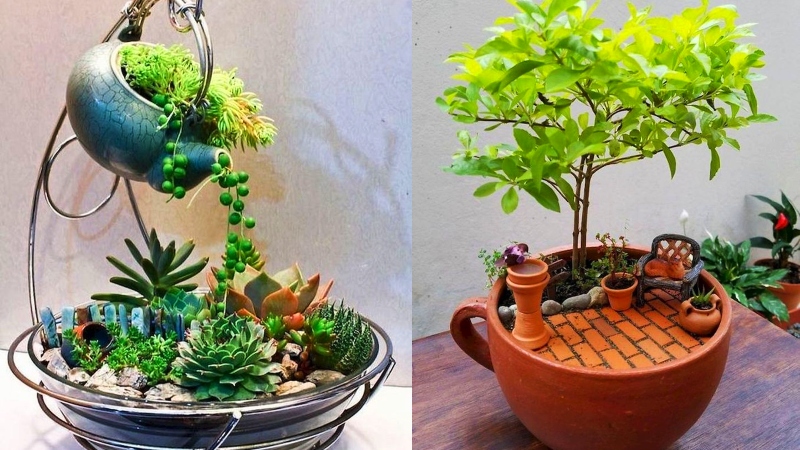Growing Greek oregano (Origanum vulgare var. hirtum) is super easy, whether you’re an experienced gardener or not. The fragrant aroma of this wild herb is truly unique and enjoyable. Not only does it look beautiful in the garden, but its flavor is amazing when added to various dishes. It is a wonderful herb to have in the garden, and it can be used both fresh and dried. Plus, it’s easy to grow, so anyone can enjoy the benefits of this delicious herb in their own garden.
What is Greek Oregano?
Greek oregano is a herb with small, slightly hairy, oval leaves. The leaves are typically a dark green color, with lighter veins running through them. The leaves have a sharp, pungent, slightly bitter aroma and taste. The small white flowers have five petals and are usually arranged in clusters.
The flowers can appear from late spring to early summer. It can grow up to two feet tall and wide. It is an attractive plant with a bushy, mounded shape.
This herb is a hardy plant and can tolerate drought and poor soil conditions. It is a popular herb for cooking, and its leaves are often used dried or fresh.
Greek vs. Italian Oregano
Greek Oregano has a more bold and intense flavor than Italian Oregano. It is commonly used in Mediterranean and Middle Eastern dishes and has a slightly spicy, sweet, and earthy taste. Greek Oregano also has a much higher essential oil content than Italian Oregano, which gives it a more intense flavor.
Italian Oregano, on the other hand, tends to have a much milder, sweeter flavor. It is usually used in Italian dishes, such as pasta sauces and pizzas, and has a slightly sweet and herbal taste. Italian Oregano also has a lower essential oil content than Greek Oregano, which gives it a lighter flavor.
How To Grow Greek Oregano
Choose the right space: Greek oregano needs plenty of sunshine, so pick a spot in your garden that gets at least 6 hours of direct sunlight a day. It grows best in USDA hardiness zones 5-9.
Prepare the soil: This herb needs well-draining soil that is rich in organic matter. You can mix in compost or aged manure to give the soil an extra boost.
Plant your oregano: Greek oregano is best planted from seed or cuttings. Plant the seeds about ½ inch deep in the soil and water thoroughly. If you’re planting from cuttings, make sure to remove any leaves from the bottom of the cutting and plant the cuttings about 3-4 inches deep in the soil.
Water regularly: Greek oregano prefers to stay on the dry side, so water only when the soil feels dry to the touch. If you’re in a particularly dry climate, you may need to water more frequently.
Fertilize occasionally: It doesn’t need a lot of fertilizer, but you can give it a boost with a balanced fertilizer every few weeks.
Prune regularly: Greek oregano can get leggy and overgrown if it’s not pruned regularly. Prune it back a few times a year to keep it looking tidy and encourage new growth.
Harvest frequently: This hardy herb is ready to harvest when the plant is established, ideally before it goes to flower. Cut the stems just above a leaf node for the best flavor and regrowth. By following these steps, you’ll be able to enjoy the delicious flavors of Greek oregano from your own garden.
When And How To Harvest
You can harvest Greek Oregano at just about any time of year, provided it is fully established, but the best time to harvest it is just before the flowers open. This is when the leaves have the most flavor and aroma. Oregano typically flowers in the summer, producing clusters of small, white, or pink flowers. Each flower has four petals and they usually open in the afternoon. So the best time to harvest oregano is in the late spring to early summer before the flowers really start blooming. You can harvest oregano any time, though.
Additional Resource: When And How To Harvest Oregano











